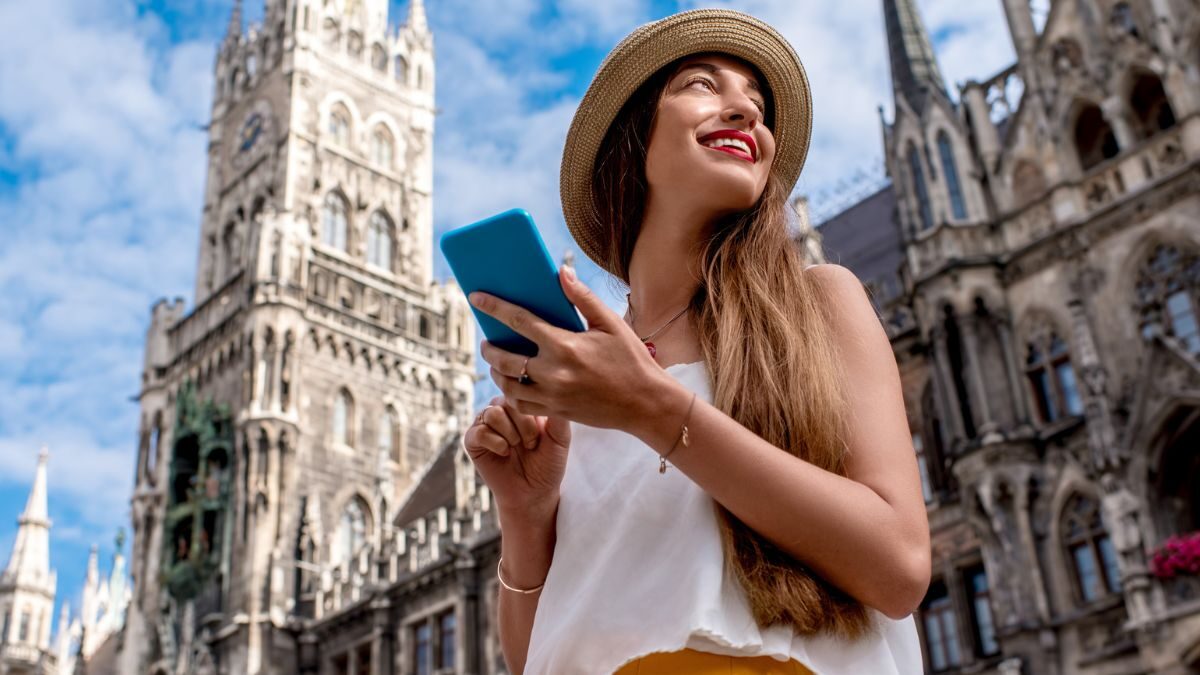When I set out to travel the world with just $100 in my pocket, I knew I wasn’t chasing luxury. I was chasing experience—and testing how far intention, creativity, and a bit of discomfort could really take me.
This wasn’t a viral challenge or a minimalist flex. It was a personal experiment in freedom, self-reliance, and redefining what’s “enough.” Over the course of a year, I visited 12 countries across Asia, Eastern Europe, and Latin America. And no, I didn’t sleep on park benches or live off instant noodles (okay, maybe occasionally).
Here’s how I made it work.
1. Travel Slow, Spend Less
The faster you move, the more you spend. Trains, buses, flights—they add up quickly when you’re crossing borders every few days. Instead, I stayed longer in fewer places. I volunteered at hostels in Georgia, house-sat for pet owners in Portugal, and even taught English in Vietnam in exchange for a bed and two meals a day.
Staying longer gave me time to understand each place, connect with locals, and reduce my daily costs dramatically.
2. Work for a Roof, Not for a Wage
Traditional travel budgeting revolves around money in and money out. I flipped that model by focusing on value instead of income. Platforms like Workaway, Worldpackers, and TrustedHousesitters connected me to hosts who offered accommodation and food in return for simple tasks: reception desk shifts, painting fences, or walking dogs.
It wasn’t glamorous, but it was honest work—and it stretched my $100 a lot further than any ATM ever could.
3. Eat Local, Cook Often
Eating out three times a day will sink any budget. In rural Albania, I bought fresh bread, eggs, and vegetables for less than $4 and cooked in hostel kitchens. In Malaysia, street food cost me $1.50 for a full meal.
The goal wasn’t just to save money. Shopping in local markets taught me about food culture, language, and the pace of everyday life. It made me a participant, not just a visitor.
4. Trust People (With Caution)
One of the hardest lessons was learning to trust. When a family in Armenia offered me a lift and a warm meal, I said yes—nervously. When a fellow traveler in Peru invited me to stay with his cousin in the mountains, I agreed—and ended up spending a week immersed in a community I would’ve never found on my own.
Of course, caution is critical. I always kept a local SIM card, shared my location with friends back home, and followed my instincts. But time and time again, it was people who made the journey richer—not guidebooks or maps.
5. Pack Light, Pack Smart
With a small budget, what you carry matters. I brought only what I could carry comfortably through airports, metro stations, and unpaved roads. Everything had to fit, work, and last.
Final Note
If you’re wondering what gear held up through all of this, here are two items I used every day without fuss:

Expandable Hardside Spinner Suitcase
— durable, no-nonsense, and surprisingly roomy

EACHY Waterproof Travel Organizer
— great for keeping essentials in one place.
They weren’t expensive, but they did their job—quietly and reliably—just the way I like it.
Disclosure: This post contains affiliate links. I may earn a small commission if you buy through them, at no extra cost to you.







